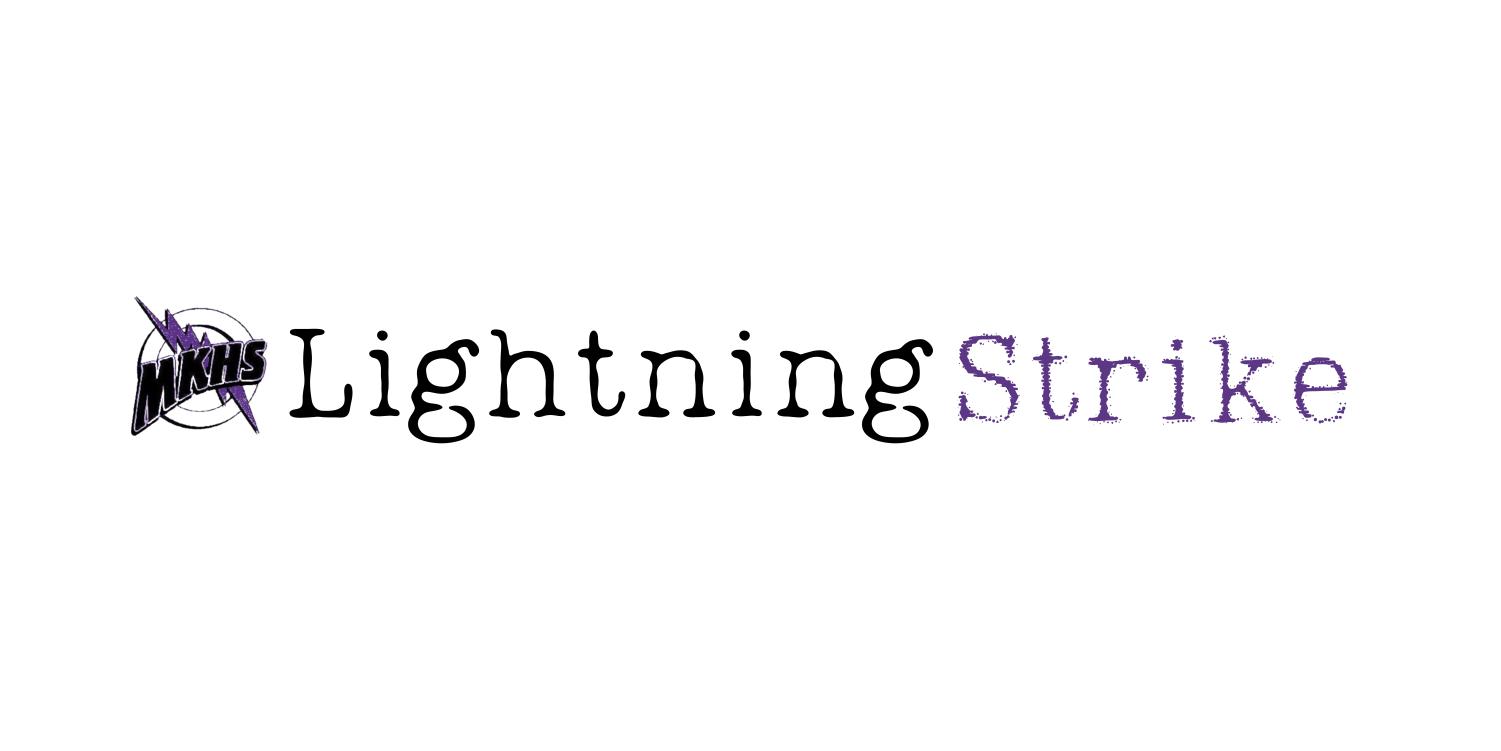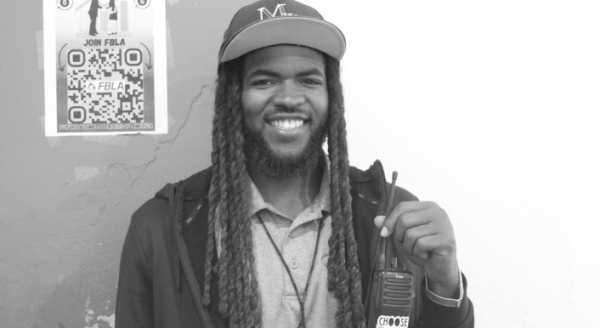Affirmative action is soon to be absent
As of October 2022, with updates to be issued in June 2023, the Supreme Court began listening to cases challenging affirmative action policies by students at the University of North Carolina and Harvard University, possibly ending the consideration of race in college admissions.
According to the Legal Information Institute, affirmative action is defined as “a set of procedures designed to; eliminate unlawful discrimination among applicants, remedy the results of such prior discrimination, and prevent such discrimination in the future.”
It originated from the 1960s Civil Rights Movement, which prompted President Lyndon B. Johnson to issue Executive Order 11246 on Sept. 24, 1965. The order prohibited discrimination in organizations including college campuses and places of work based on race, color, religion, and ethnicity by employers.
The Supreme Court’s conservative majority is questioning the basis of allowing race to be a factor in admissions, as well as what new policies could be implemented to enhance racial diversity. However, other justices said they would allow applicants to discuss their ethnicity and identity in part of their essays if they feel it is important.
The liberal minority of justices defend affirmative action, pointing out how important diversity on any campus is and how difficult it would be to achieve it without the ability to consider race as part of an application. Many educational institutions and corporate companies in America have also deemed affirmative action essential to maintaining diversity.
The Supreme Court justices heard oral arguments in cases by University of North Carolina (UNC) and Harvard students, brought by an organization called Students for Fair Admissions, led by conservative activist Ed Blum.
Blum’s argument is based on the idea that considering race in applications violates laws that ban discrimination in education as well as the equal protection clause and the 14th Amendment of the Constitution. The group argued that UNC’s policy is discriminatory against white and Asian students, while Harvard’s discriminates against Asian applicants. Lower courts made rulings favoring the universities in both cases.
“If box-checking is not allowed, would it be acceptable if Harvard were allowed to take into consideration what an applicant would say in an essay about having to confront discrimination growing up and how he or she did that?” Chief Justice John Roberts said.
Cameron Norris, the lawyer challenging Harvard’s policy of affirmative action, disagreed with Roberts, saying that the university would allow for these methods of expression of racial identity instead.
“Coming from Iranian and Korean parents, my ethnicity is important to me, and I feel like colleges should know,” senior Cameron Kayghobadi said. “I hope affirmative action stays so others like me get a chance to share theirs too.”
In a 2003 case, Grutter v. Bollinger, the Court ruled that race could be considered in applications since universities were interested in maintaining diversity on campuses. The most recent case of admissions-based affirmative action was in 2016, in which the Court upheld the affirmative action admissions policy at the University of Texas at Austin with a 4-3 vote.
“Affirmative action gives special treatment to certain groups which is very unfair,” senior Sebasthiane Brakha said. “It goes against the idea of earning things based on merit.”
The universities stated that attempting to maintain diversity on campus is entirely different from rejecting somebody based on race. Race is just one part of a broad holistic review process in which scores, classes, grade point average, and extracurriculars are also considered. Nine states, including Florida, have already banned affirmative action, which Blum’s group uses as evidence that the practice is not needed.
For over 50 years, affirmative action has been a part of most applications for college and private universities. Leading to an increase in minority population around the country, a conservative majority in the Supreme Court may bring this policy to an end.









